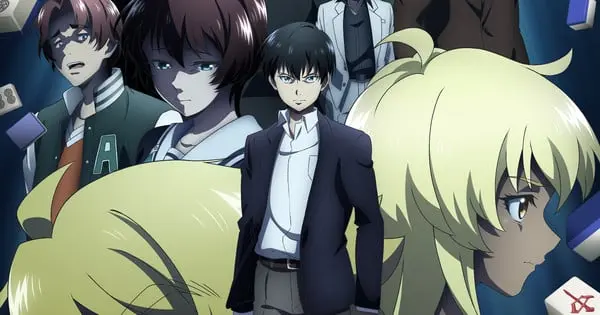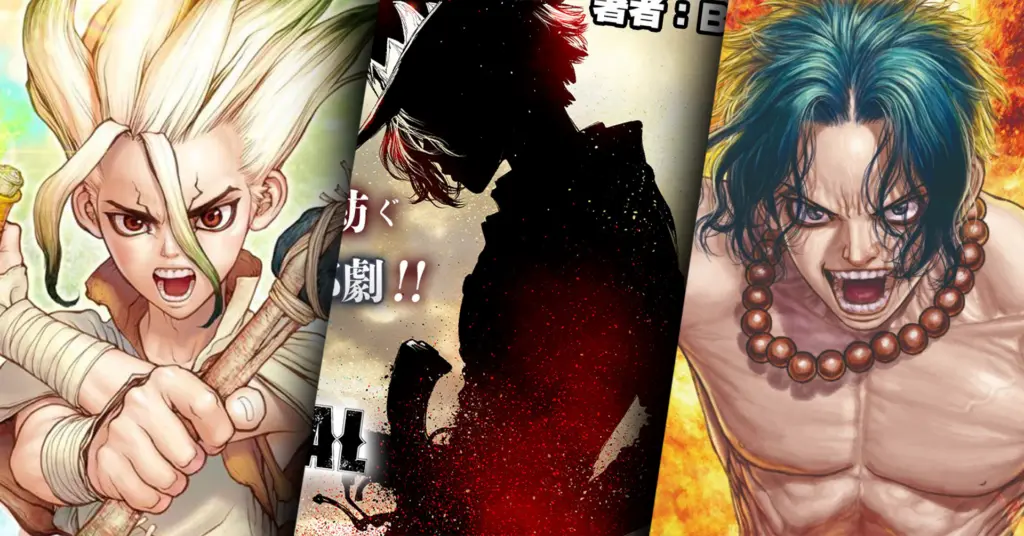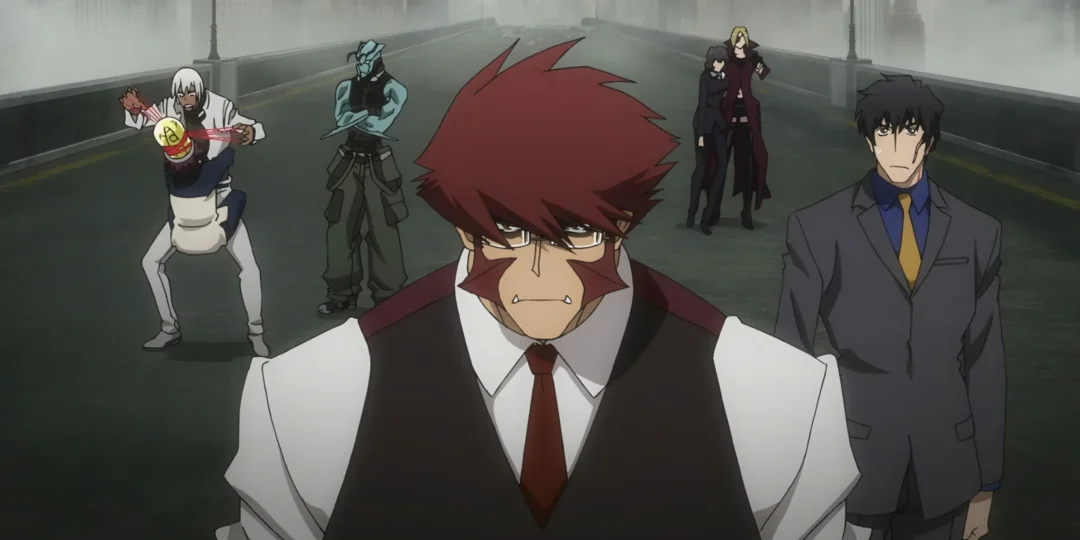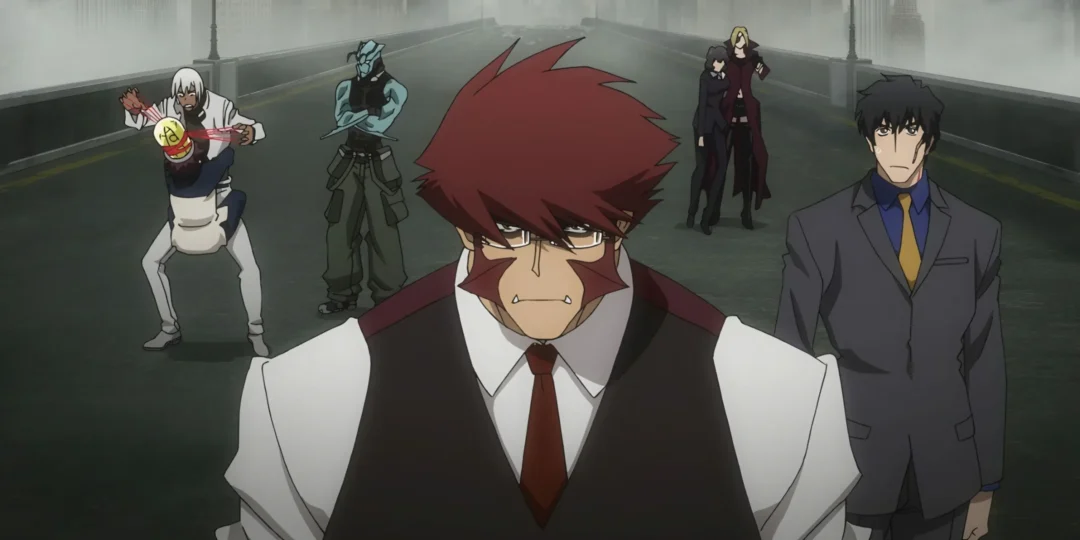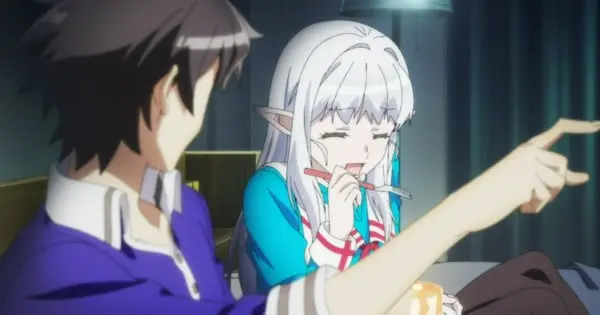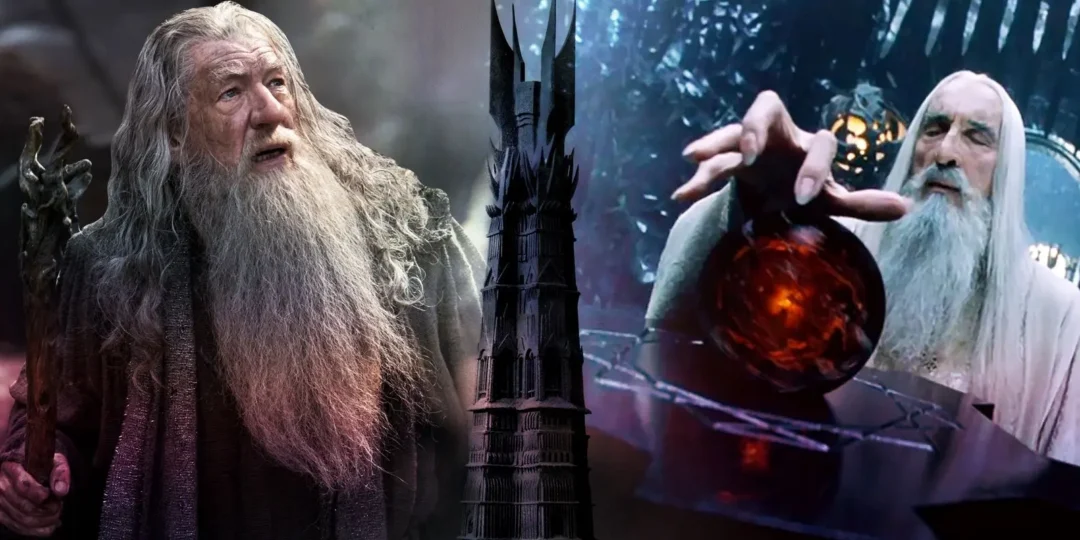The Missed Opportunities of ‘War of the Rohirrim’
“The Lord of the Rings: The War of the Rohirrim,” an animated prequel to the renowned trilogy, has stirred a mixed reception among fans and critics alike. While the film attempts to delve into the rich history of Middle-earth, many feel it falls short of capturing the magic and depth of its predecessors. A common sentiment is that the story could have been vastly improved by incorporating some familiar faces from the original “Lord of the Rings” saga. The absence of certain key characters, with their established backstories and fan bases, is perceived as a significant missed opportunity.
Key Figures Absent From The Animated Prequel
While “War of the Rohirrim” focused on a specific era and characters, the film’s narrative and overall impact might have benefited significantly from the inclusion of characters that fans already know and love. Here are eight such figures that could have elevated the film:
1. Gandalf the Grey
Gandalf’s absence is perhaps the most glaring. As a central figure in Middle-earth’s history, his wisdom and guidance could have provided a crucial link to the larger narrative and given the film a sense of weight and familiarity. His perspective on the events leading up to the war would have been invaluable, grounding the story in the mythology that fans cherish. The wizard could have served as a narrator, weaving through the tale and adding depth to the Rohan’s history, connecting it to the overall lore of Middle-earth.
2. Galadriel, the Lady of Lothlórien
Galadriel, with her profound knowledge and foresight, could have provided a much-needed sense of context and connection to the broader events of Middle-earth. Her ethereal presence and wisdom would have added a layer of gravitas to the story, while her relationship with other powerful figures might have provided crucial insights into the events unfolding in Rohan. Her appearance, even briefly, could have lent a touch of the magical and timeless quality associated with the elves.
3. Elrond, the Lord of Rivendell
Elrond’s presence would have offered a valuable link to the history of Middle-earth and the battles that shaped it. As a half-elf with deep ties to both the Elves and Men, Elrond’s insight into the politics and wars of the time could have provided a richer context for the conflict depicted. Moreover, his interactions with the Rohirrim could have added a fascinating historical dimension.
4. Aragorn, the Future King
Even a young Aragorn, or perhaps just glimpses of him, would have thrilled audiences and provided a direct connection to the original trilogy. His lineage as a descendant of Isildur, and his eventual role as the King of Gondor, adds a layer of significance to any conflict in Middle-earth. Seeing his potential connection to the Rohirrim through historical context could have added significant depth to the plot.
5. Legolas, the Elven Prince
Legolas, though not directly involved in the events of “War of the Rohirrim,” could have been used as a means to provide an Elven perspective on the conflicts of Middle-earth. His appearance, perhaps as an emissary from Mirkwood, could have offered a different point of view and enriched the narrative with the grace and wisdom of the Elves.
6. Gimli, Son of Glóin
While less directly related to Rohan’s history, Gimli’s presence could have served as a bridge for viewers, especially those familiar with his character from the main trilogy. His perspective and interactions with the Rohirrim would have been humorous and heartwarming, providing an emotional connection for the audience.
7. Théoden, the Future King
The absence of Théoden’s ancestors also weakens the connection to the main trilogy. While the story is focused on a different king, having Théoden’s lineage mentioned and explored briefly, or perhaps even his father or grandfather play a part, would have added an emotional link for the fans, demonstrating the lineage and heritage of the kings of Rohan.
8. Éowyn, the Shieldmaiden
A glimpse of a young Éowyn or even an ancestral figure similar to her, could have been inspirational and added a powerful female perspective to the narrative. Her courage and determination, iconic in the original trilogy, could have been mirrored in her ancestors, enriching the history of Rohan and showing the importance of strong female characters in the land.
Why Inclusion Could Have Helped
These characters are not just familiar faces; they represent the core themes and values of the “Lord of the Rings” universe. Their inclusion would have:
- Boosted Familiarity and Engagement: By incorporating well-known characters, the movie could have instantly connected with the established fanbase, drawing them into the new story.
- Added Depth and Nuance: These characters bring with them a wealth of background and relationships that could have enriched the relatively isolated narrative of “War of the Rohirrim.”
- Strengthened Narrative Cohesion: Linking the prequel to the main trilogy could have made the story feel more significant and integral to the overall lore.
- Provided Contextual Understanding: The wisdom and perspective of characters like Gandalf and Galadriel could have provided a valuable understanding of the larger political and historical landscape.
- Heightened Emotional Investment: The inclusion of characters that audiences are already invested in would have amplified the emotional impact of the story.
The Reception of ‘War of the Rohirrim’
“The Lord of the Rings: The War of the Rohirrim,” despite its visual appeal, has faced criticism for its narrative shortcomings. Some have cited a lack of emotional depth, a disconnect from the beloved characters of the original trilogy, and a plot that fails to fully engage. The absence of the familiar faces and the depth they bring has been a recurring theme in the feedback.
While the film aims to stand on its own, the missed opportunities for connection to the core saga seem to have diminished its impact, leaving some viewers feeling that a crucial piece of Middle-earth’s history has been underutilized.
Conclusion: A Lesson in Fan Expectations
“The Lord of the Rings: The War of the Rohirrim” serves as a reminder of the complex balance between creating standalone stories and satisfying fan expectations. The film’s failure to meaningfully connect with familiar faces and narratives has highlighted the significance of characters within the vast mythology of Middle-earth. While attempting a new story is commendable, the absence of a deeper connection to the original trilogy has impacted its overall success. Perhaps future animated adventures in Middle-earth will take note and find a better balance.

